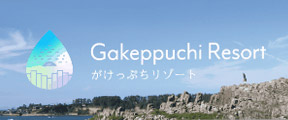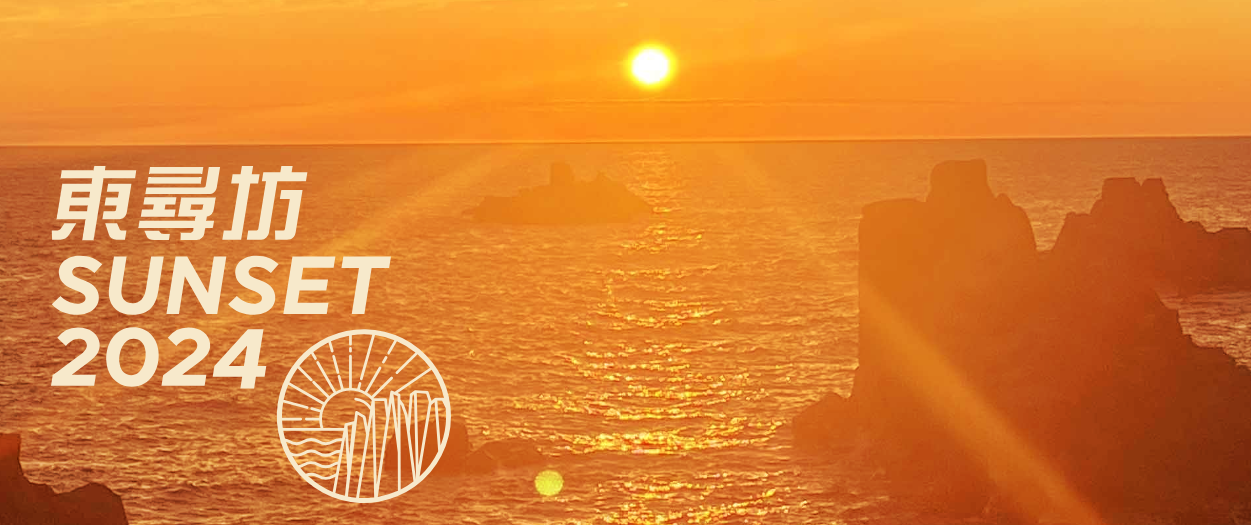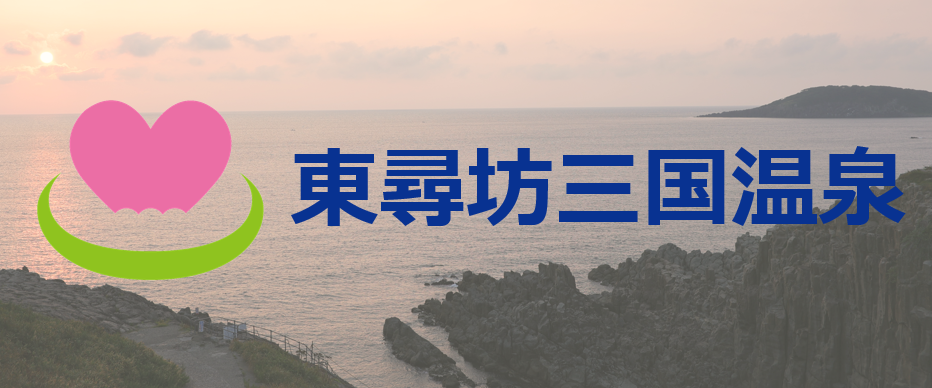Tojinbo and Oshima Island
Tojinbo is considered one of the three most scenic places in the world because of its unique geographical features and dynamic scenery! Here, we will provide you with information about Tojinbo, including how it was formed, ways to enjoy it, and nearby can’t-miss sightseeing spots.
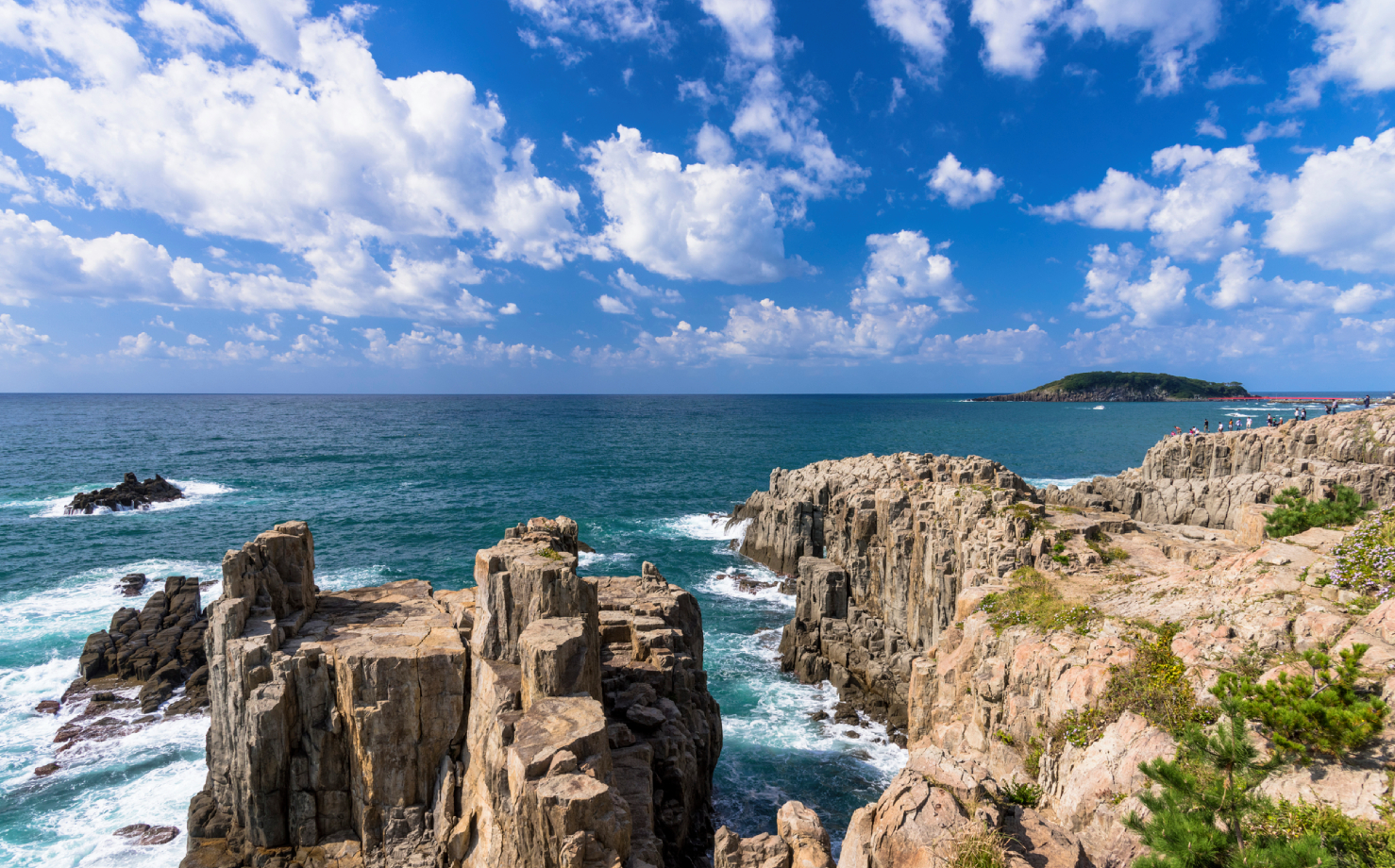
Tojinbo: One of the Three Most Scenic Spots in the World and a Precious Natural Heritage Site
Tojinbo and Its Magnificent Scenery
Tojinbo, one of the three most scenic spots in the world, is located in Mikuni, Sakai City. It stands as one of Fukui Prefecture’s most popular tourist attractions, featuring a 1-kilometer-long coastal stretch of colossal columnar rocks formed by volcanic activity. While a walk along the precipitous cliffs is thrilling, witnessing the relentless crash of waves against the art-like rock formations offers a profoundly powerful experience you won’t soon forget! Tojinbo is situated within the specially preserved area of Echizen-Kaga Kaigan Quasi-National Park and has been designated as a national place of scenic beauty and natural monument. Access: 45-minute drive from Fukui Station. For those traveling by public transportation, it’s about a 50-minute train ride from Fukui Station on the Echizen Railway to Mikuni Station.* From there, take the Keifuku Bus for approximately 10 minutes and get off at the Tojinbo bus stop. It’s a 5-minute walk from there. *Buses bound for Tojinbo are also available from Mikuniminato Station and Awara Yunomachi Station.
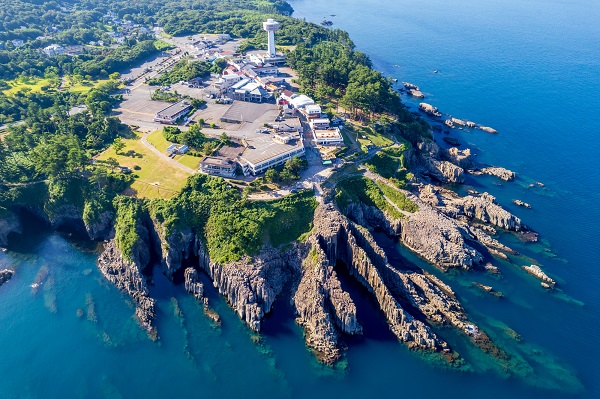
What Are These Extremely Rare Columnar Joints?
Tojinbo is distinguished by a rare geological phenomenon known as columnar joints. Columnar joints form when lava or magma cools and solidifies, creating column-shaped cracks. As the magma ascends towards the surface, it cools down and contracts, resulting in the formation of pentagonal and hexagonal columnar cracks. Tojinbo’s rock formations were created via volcanic eruptions around 13 million years ago, solidifying underground. Subsequent seismic shifts and the relentless waves of the Sea of Japan sculpted them into their present shape. These unique columnar joints, stretching for over 1 kilometer, are only found in three locations worldwide: Mount Kumgang on the Korean Peninsula, the west coast of Norway on the Scandinavian Peninsula, and here at Tojinbo! It wouldn’t be too much to call them a geological miracle!
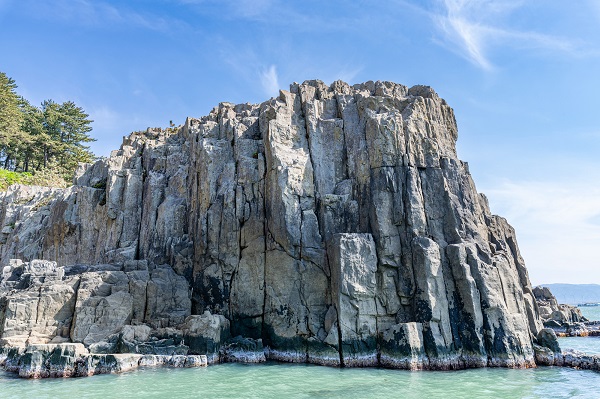
How to Enjoy Tojinbo’s Natural Sea Sculptures!
Experience Breathtaking Views by Walking Along the Cliffs!
The 2.7-kilometer-long Araiso Promenade leads from the Tojinbo area to Oshima Island and offers stunning vistas along the way, together with monuments dedicated to literary figures associated with Mikuni. You can also marvel at caves shaped by the rough waves of the Sea of Japan. Then there is the Ninohama Beach Promenade stretching from Seaside Natural Park to the Saki Fishing Port, which offers a 1.3-kilometer-long trail with gentle terrain. Both courses provide visitors with opportunities to stroll leisurely along the coast. The redevelopment of the Tojinbo area is currently underway and is slated for completion in 2027. A newly constructed visitor center featuring a glass-wall observation room will enable visitors to enjoy the stunning views of Tojinbo even in inclement weather. Additionally, there will be an exhibition room where visitors can learn about the columnar joints, a ticket office for sightseeing boats, and dining facilities.
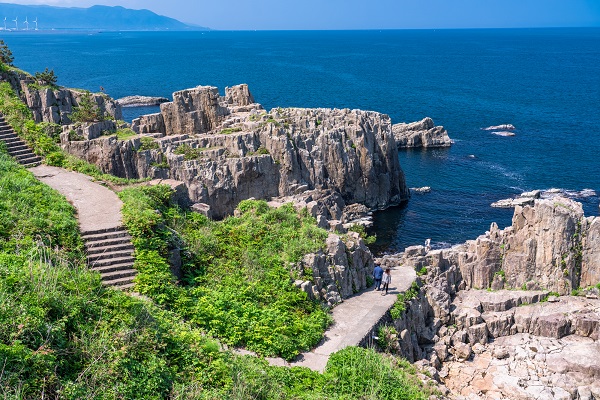
Take a Moment to Appreciate Uniquely Shaped Rocks From Aboard the Tojinbo Cliffs Sightseeing Boats!
After marveling at the columnar joints from the shore, embark on a 30-minute tour around Tojinbo and the nearby Oshima Island aboard the Tojinbo Cliffs Sightseeing Boat! On days when the waves are calm, you can even venture into the over-20-meter-high Oike cove. Gazing upwards from the boat, you’ll feel overwhelmed by the grandeur of the rock face that feels like it’s bearing down on you, something you can’t experience from land. The boarding location for the sightseeing boat varies depending on sea conditions, so please check the Tojinbo Cliffs Sightseeing Boats website on the day of your visit. Every year, a sunset cruise is also operated in conjunction with the Tojinbo sunset event held in autumn. During the excursion, you’ll be able to marvel at the setting sun as it illuminates Tojinbo’s cliffs, turning the sea and sky a spectacular orange!
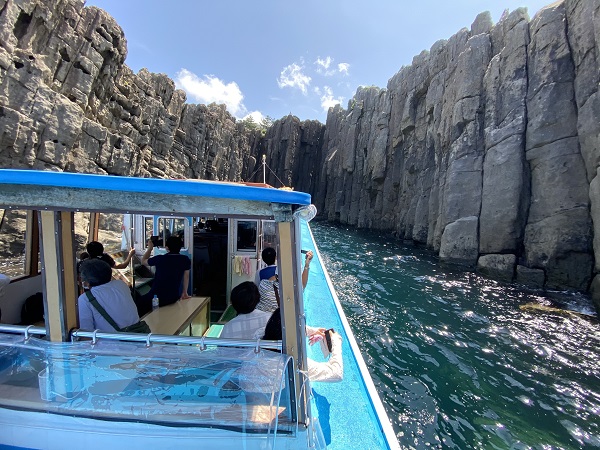
Interview with Kozo Sakamoto, President of Tojinbo Cliffs Sightseeing Boats Co., Ltd
On the northern side of Tojinbo, there are continuous columnar joints of andesite, while the southern side features whitish rock faces, with the boundary between them being fully accessible to visitors who are allowed to come up and touch it. I’ve piloted some of the sightseeing boats in the past, and what always delights me the most is seeing excited passengers discovering various formations like the Lion Rock or Dinosaur Rock. Tojinbo Cliffs Sightseeing Boat has its own smartphone app that introduces the highlights of the tour routes in multiple languages (English, Simplified Chinese, and Traditional Chinese). I hope that thanks to this app, even more international tourists will enjoy Tojinbo to the fullest. Kozo Sakamoto CEO of Tojinbo Cliffs Sightseeing Boats Co., Ltd.
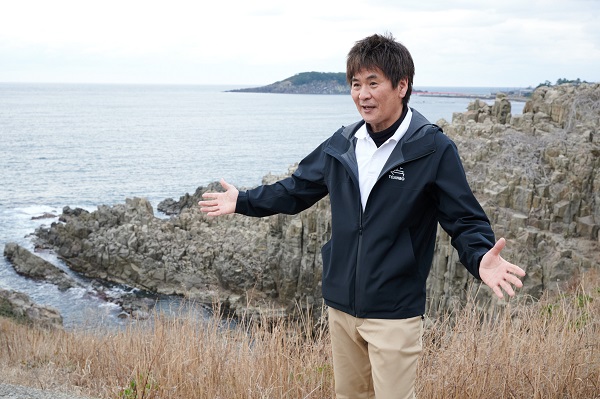
Journey Over to Oshima, the Island of the Divine
Origin of the Island
Floating off the coast of Tojinbo is Oshima, an island with a circumference of about 2 kilometers, formed from lava 13 million years ago. It’s approximately a 5-minute drive or a 40-minute walk from Tojinbo. The island has long been revered as an abode of the sea deities, boasting rocky landscapes and primeval forests very different from those in Tojinbo.
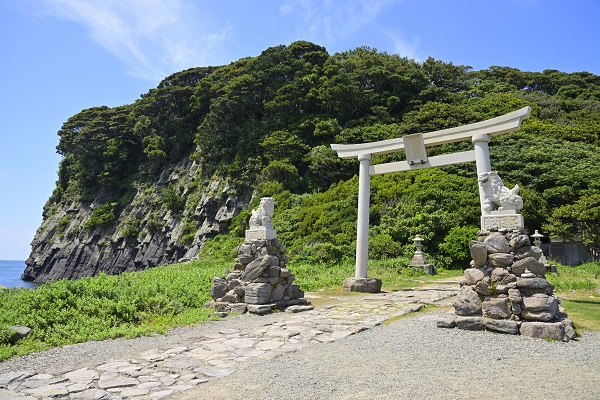
Walk On Over to Oshima!
If you’re heading to Oshima from Tojinbo, we recommend taking the Araiso Promenade, which takes about 40 minutes. Once you arrive on the island by crossing the vermilion-lacquered bridge, follow the 1.2-kilometer-long walking path that encircles Oshima in a clockwise direction. This journey typically takes around 40 minutes to complete.
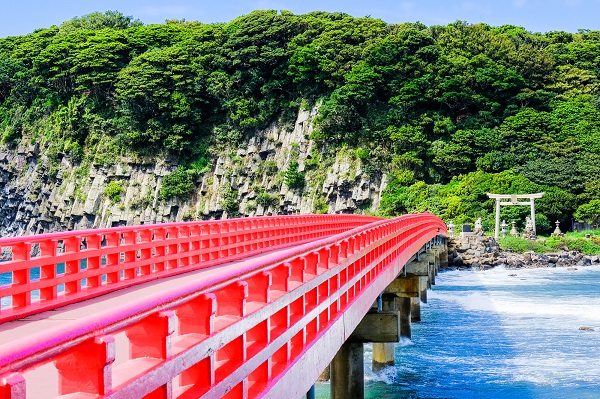
Why Is Oshima Known as the “Island of the Divine”? Explore It to Find Out!
Ominato Shrine Graces Oshima’s Landscape
Ominato Shrine is situated at the end of steep stone steps beyond a grand torii gate marking the entrance to the island. Although the main shrine is located on Oshima, the Ominato worship hall used for practical matters lies in the Anto district on the mainland. This arrangement originated from the need to conduct rituals ashore during inclement weather that hindered boat crossings to the island. Typically held around April 20, the Oshima Festival is a vibrant celebration when people offer prayers for safe voyages and abundant fish hauls. During this time, a portable shrine shaped like a ship is paraded across the bridge.
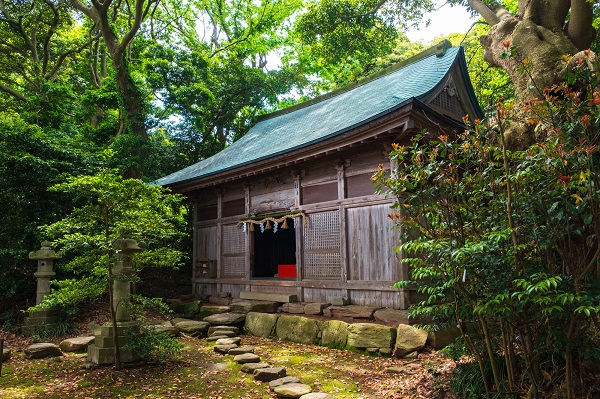
Enjoy Unspoiled Nature with an Air of Mystery and Other Highlights of the Island
While strolling along Oshima’s walking paths, you’ll encounter numerous plate-shaped rocks spanning the area from the west to the north side of the island. Unlike the columns of Tojinbo, these formations are made up of platy joints of rhyolite. You can admire their beautiful striations up close, marveling at the traces of lava flow across the earth’s surface. The primeval forests of Japanese cinnamon trees that cover the island contribute to the mysterious landscape of Oshima.
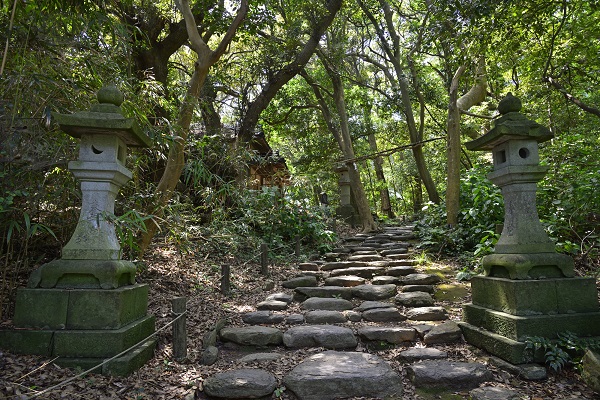
Head Priest of Ominato Explains How the Shrine Keeps Attracting the Faithful
Ominato Shrine’s deity is still revered by the local people as a guardian of navigation and fishing. The shrine is located on a hill and offers a spectacular view of Tojinbo on the opposite shore past the torii gate. Every year at the end of August, numerous fishing boats gather at Ominato Shrine to seek blessings for bountiful hauls and the safety of bottom trawling fishing operations, which commence from September 1. Michinao Matsumura Head Priest of Ominato Shrine
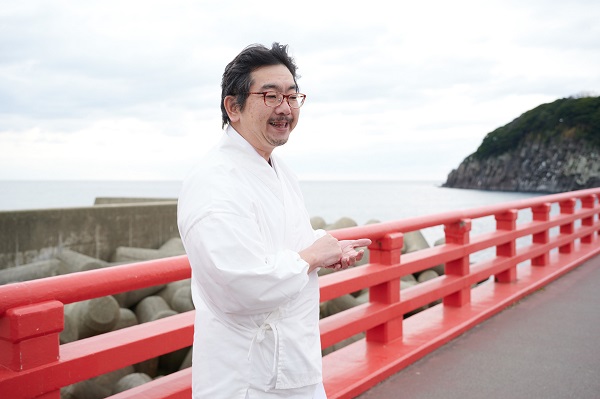
Explore Tojinbo and Oshima Island, Then Grab a Bite at Tojinbo Shopping Street!
What to Eat at Tojinbo Shopping Street
Stretching for about 300 meters before the cliffs of Tojinbo, this shopping street is full of souvenir shops and restaurants offering a variety of fresh seafood, giving visitors a lot of options for lunch and dinner. Particularly noteworthy are the seafood delicacies sourced from the Sea of Japan, including seafood rice bowls, grilled squid, and turban shells, all of which are simply exquisite! Moreover, you can get many different sweets here such as soft-serve ice cream and “cliff-side cream puffs” made to look like the rugged rock formations of Tojinbo.
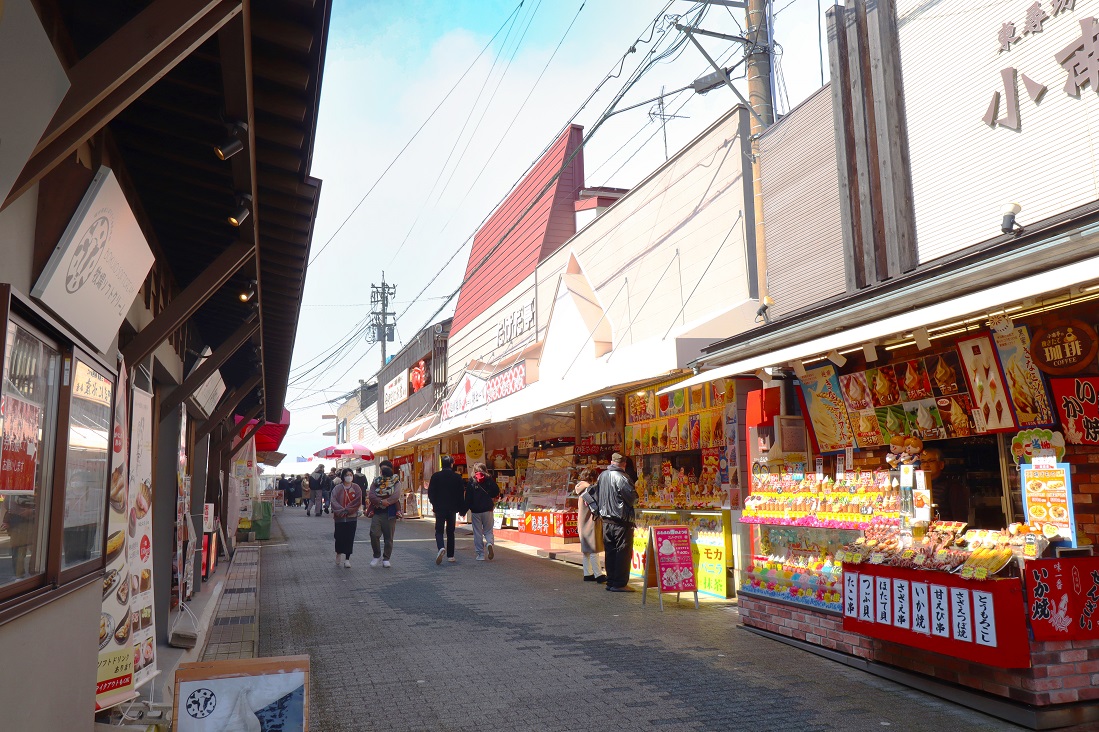
Information
| Name | Tojinbo Related Links https://kanko-sakai.com/spot/k001 |
|---|---|
| Name | Oshima Related Links https://kanko-sakai.com/spot/k006 |
| Name | Tojinbo Cliffs Sightseeing Boats Co., Ltd. Official Site https://www.toujinbou-yuransen.jp |







